One question I’m asked almost every day is ‘What pattern size am I?’
Probably the most difficult aspect of dressmaking is how to find the correct pattern size. . Sewing patterns aren’t sized in the same way as ready-to-wear clothes. So you can’t just buy your usual off-the-peg dress size.
High street retailers have actually been sneaking up their clothes measurements for years without changing the number on the label, so we’ve got used to what’s known as ‘vanity’ sizing. However, paper patterns still use sizing systems from decades ago. As our bodies are now a different shape entirely from the 1950’s, it’s not surprising that home dressmakers are having problems.
You need to measure yourself (or get a friend to help). Then compare those measurements against the chart on the back of the pattern envelope. Use the size, or sizes that most closely match your actual body measurements. Don’t be surprised if you need to go up by 2 or 3 sizes over your usual shop-bought clothes. Marilyn Monroe was famously a size 16. But at 36”-24”-36”, she’d be a size 10 in Marks & Spencer today! So the reverse applies when choosing a pattern.
So here’s what you need to do. Take your body measurements (Bust, waist and hips) and compare those with the chart on the back of the pattern envelope. Use the size or sizes that are closest to your actual measurements. Don’t be surprised if you need to go up by 2 or even 3 sizes over your usual shop-bought clothes.
What size am I – if I’m pear-shaped?
It’s unlikely you’ll be the same size all over. I find it’s common to be 3 different sizes. So what if you’re a 12 on the bust, a 14 on the waist and a 16 to 18 on the hips? Then utilise the benefit of the multi-sized patterns. Draw a new line between the required sizes at the strategic points and blend in the lines.
What size am I – if I’ve a big bust?
Many patterns are drafted to a ‘B’ cup. So if you’re bigger than that, using your full bust measurement will result in the garment being too big around the torso, neck and shoulders. Instead, use your high bust measurement (across the chest and under your arms) then do a ‘Full bust adjustment’ to add extra into the bust area. And don’t forget to check the back length too. For help in choosing, and altering patterns, try a course of Dressmaking – yes you can make trousers or tops too!
Don’t expect the pattern pieces to be exactly that measurement either. If they were exactly the same size as your body measurements, the garment would literally fit you like a second skin. Clothes need to be slightly larger to allow us to move, eat, breath and sit down. For a more detailed description of the additional allowances in patterns, read my blog on Pattern Ease.
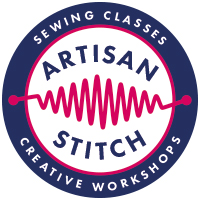



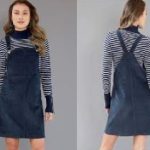
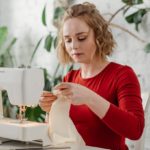
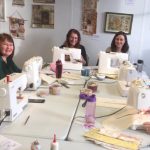
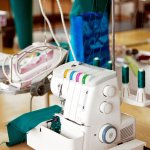

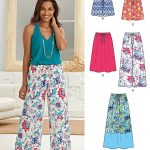
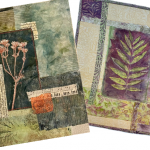
One reply on “What pattern size am I?”
[…] You may also like to read: What pattern size am I? […]